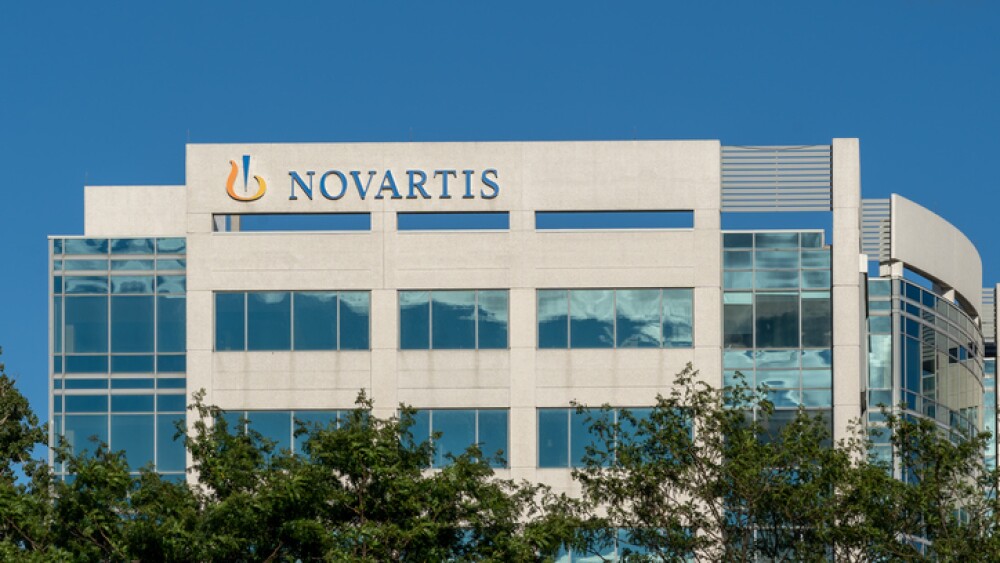The acquisition will give BioCryst an investigational injectable drug for hereditary angioedema, potentially complementing its FDA-approved oral drug Orladeyo.
Looking to deepen its expertise in hereditary angioedema, BioCryst is scooping up Massachusetts’ Astria Therapeutics and its injectable kallikrein inhibitor navenibart.
BioCryst is funding the buyout with a mix of cash and stock, valuing Astria at $13 per share, resulting in a total value of approximately $700 million. This purchase price, the companies said in their press announcement, represents a 53% premium to Astria’s closing price on Monday. The boards of directors of both companies have unanimously signed off on the acquisition offer, which is expected to close in the first quarter of 2026.
BioCryst closed Tuesday’s trading session down nearly 9%, while Astria’s jumped 37%.
The star of the Astria acquisition is navenibart, a long-acting injectable monoclonal antibody designed to block plasma kallikrein, in turn disrupting a key disease pathway in hereditary angioedema (HAE), a genetic disorder characterized by recurrent episodes of severe swelling. The asset is being trialed as a prophylactic option and, according to the companies, “could offer significant improvements” over other current HAE injectables.
In the company’s statement, BioCryst CEO Jon Stonehouse touted the potential convenience advantages the asset could offer, especially since it allows for 3-month or even 6-month intervals between doses. BioCryst expects navenibart to launch into a market with 5,000 addressable patients.
Stonehouse on Tuesday added that navenibart synergizes well with BioCryst’s own commercial drug Orladeyo, an oral drug that works in the same way as navenibart, and is also indicated for HAE prophylaxis. In December 2020, Orladeyo became the first FDA-approved oral drug to prevent HAE attacks in adults and kids 12 years and older.
Navenibart is currently in Phase III development for HAE, with Astria last week launching the late-stage ORBIT-EXPANSE study, which will test a fixed-dose regimen of the drug for at least six months, before allowing participants to transition into a flexible, patient-centered schedule. Phase Ib/II data, released last December, demonstrated a 90% to 95% reduction in monthly HAE attack rate with dosing 2 or 4 times per year.
BioCryst’s acquisition of Astria comes as a couple of its HAE competitors in recent months notched crucial approvals. In June, for instance, the FDA signed off on CSL’s Factor XIIa blocker Andembry, followed by another go-ahead in August for Ionis’ RNA-targeted Dawnzera.






